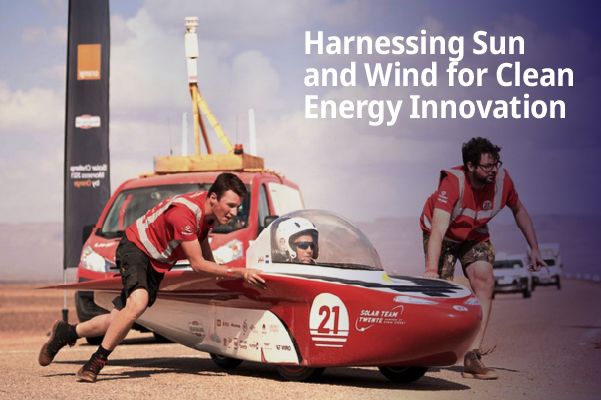We know wind energy and wind turbines, but what is a wind power house? Is it maybe a house with a propeller on the roof? Exactly. Why use the roof only for the recovery of energy from the sun, if the wind is constantly blowing around the house.
Photo: EA Energie Architektur GmbH
When we speak of energy efficiency in housing and construction today, we think mostly of thermal insulation, solar panels on roofs or the use of wood pellets as fuel. Equally familiar are terms such as energy-efficient house and passive house. The former is characterized by a compact design with reduced outer surface, insulating walls, double or triple glazing, heat recovery from the exhaust air, and solar thermal systems.
The Passive House is a consistently developed energy-efficient house. Passive house design is compact, offers very good thermal insulation, optimized building equipment and a largely airtight building envelope. A passive house requires no more than 15 kWh/sq. m. or about 1.5 liters of oil / 1.5 cubic meters per square meter per year. By comparison, a new regular house still requires six to ten liters of oil per square meter.
But hardly known is a wind power house. We know wind energy and wind turbines, but what is a wind power house? Is it maybe a house with a propeller on the roof? Exactly. Why use the roof only for the recovery of energy from the sun, if the wind is constantly blowing around the house. Right now, in autumn, we hear at night winds blow around the houses, winds driving through the trees blowing the leaves across the streets. So why not use these powers? What about the 24-hour, around the clock availability of wind? While solar cells promise no benefit in the middle of the night, a wind turbine can produce energy completely independent whether it is day or night.
Example of a wind energy house – Photo: EA Energie Architektur GmbH
The small wind turbines can be an excellent supplement to the solar panels on the roof. They can be easily installed without hindering them. To determine if your own house or office building is suitable for the placement of a small wind turbine, the WS200-UMB from Lufft is ideal. The sensor reliably measures wind direction and speed. The Lufft compact weather station WS200-UMB can measure winds up to 75m/s. Thus it can be quickly determined whether the building is in a suitable location to produce energy from wind. When a small wind turbine is installed on a roof, the WS200-UMB compact weather station is also used for continuous monitoring of the system performance.




